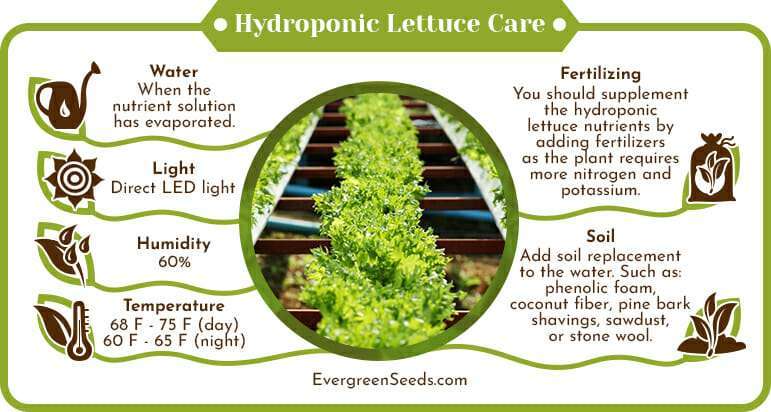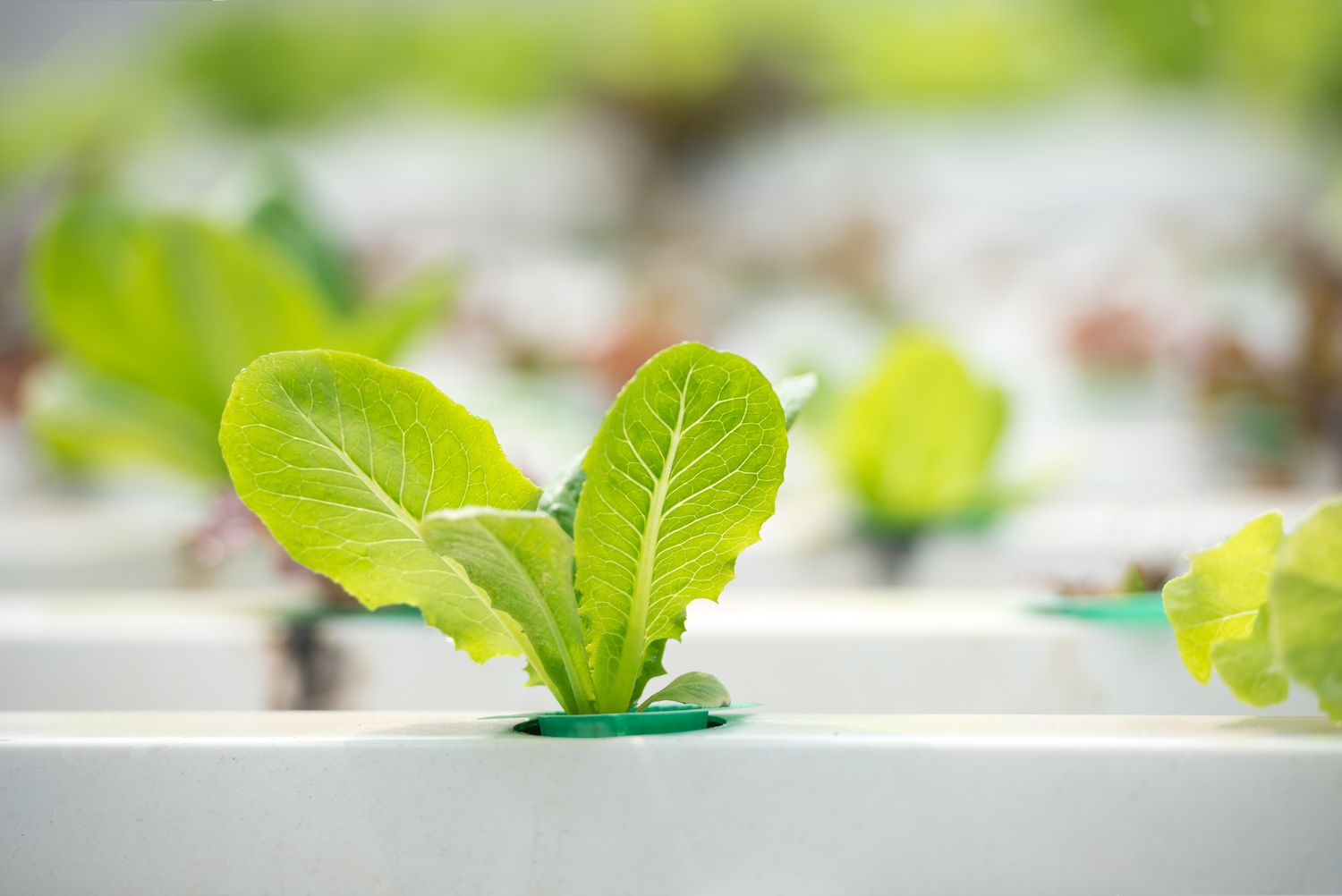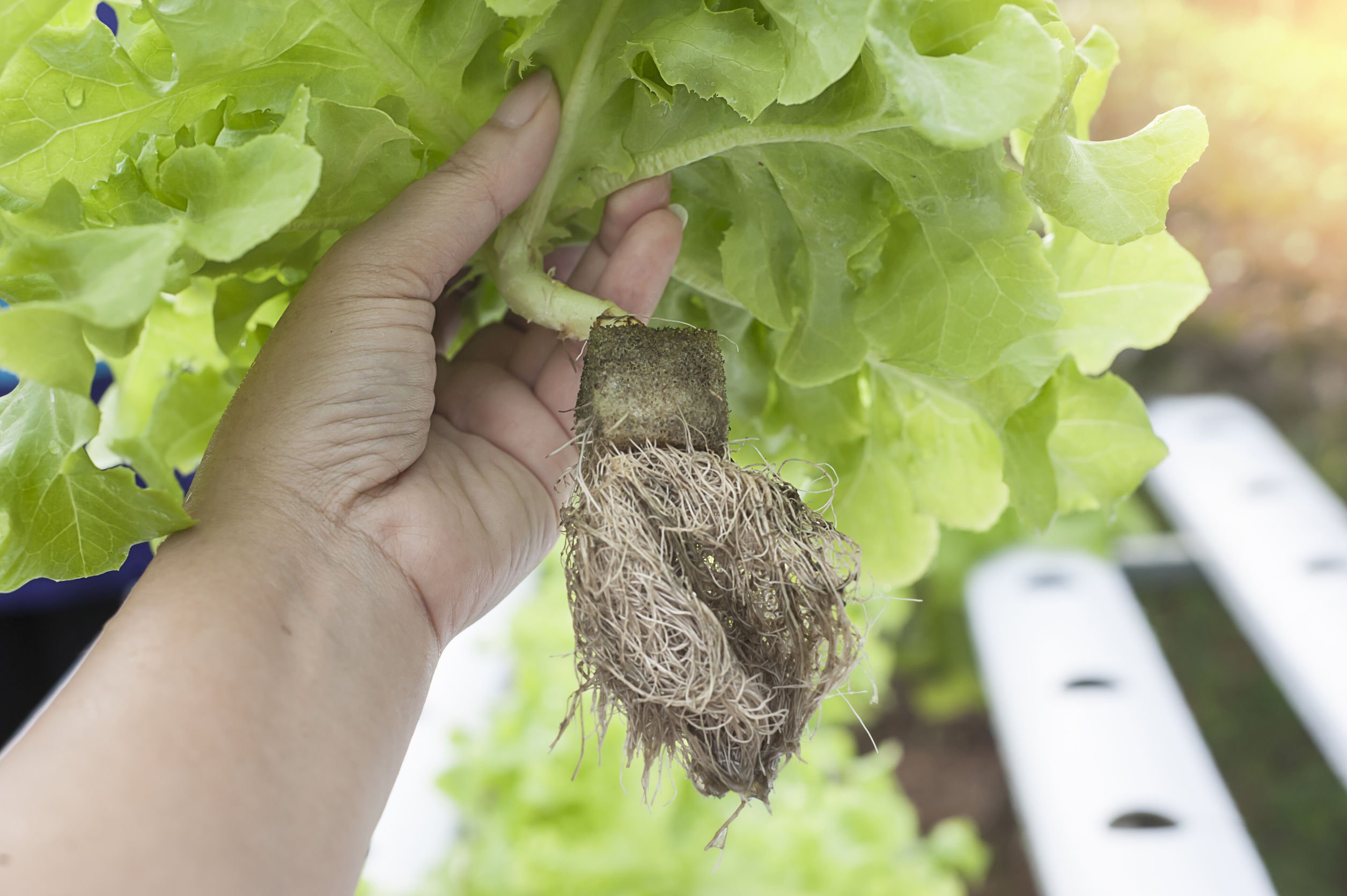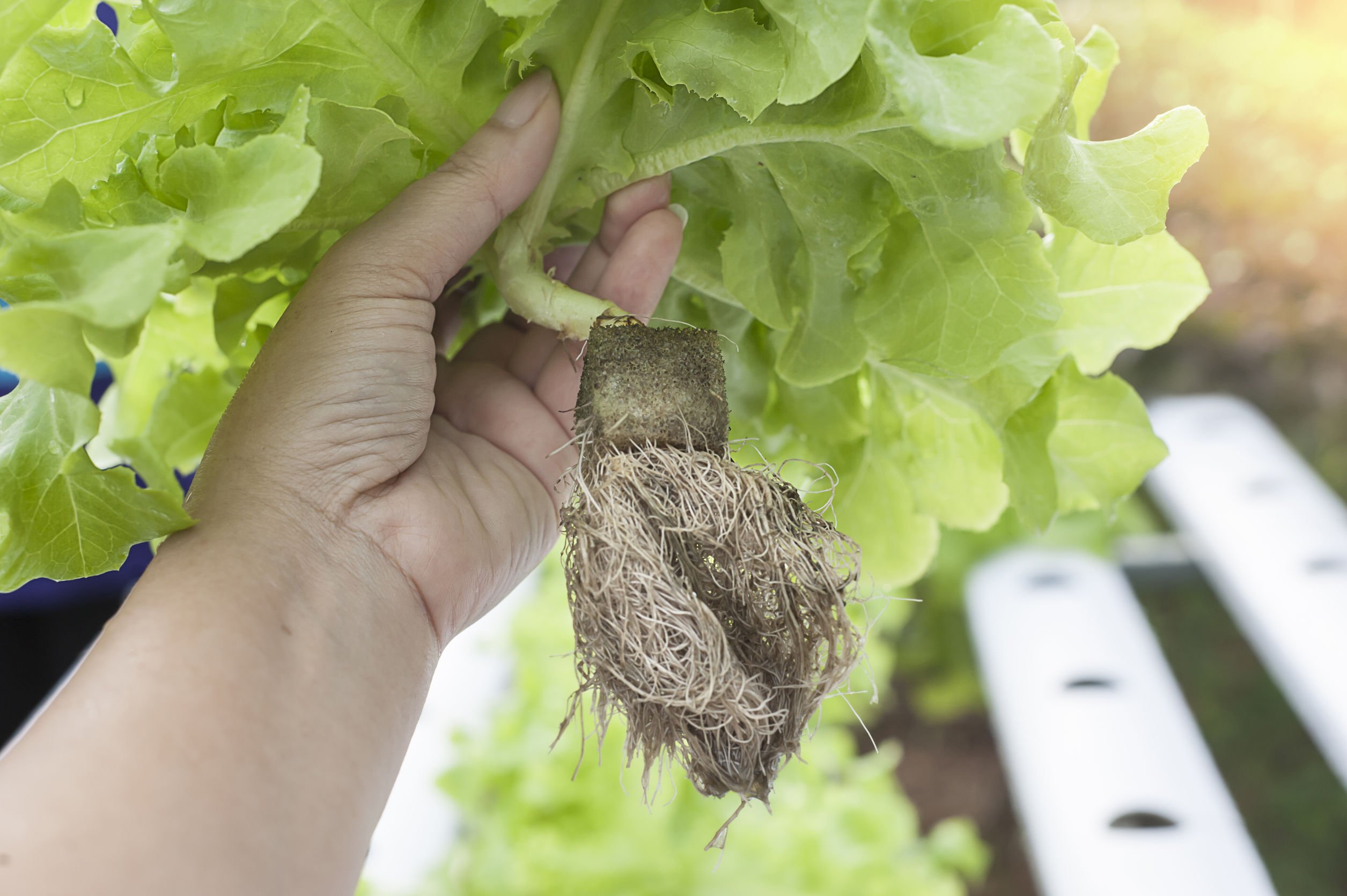So you’ve successfully grown some fresh and vibrant hydroponic lettuce, but now you’re wondering how to properly store it to ensure its longevity and crispness. Well, fret not! In this article, we’ll provide you with some handy tips on how to store your hydroponic lettuce so that it stays crispy, fresh, and delicious for as long as possible. From temperature control to proper packaging, we’ve got you covered on all fronts of lettuce storage. Let’s get started!
Tips for Properly Storing Hydroponic Lettuce

Understanding Hydroponic Lettuce
Hydroponic lettuce refers to lettuce that is grown using a water-based system, without the use of soil. This method allows for a controlled environment where the nutrient levels, water quality, and growing conditions can be closely monitored. As a result, hydroponic lettuce tends to be fresher, cleaner, and more nutritious compared to conventionally grown lettuce. Understanding the unique characteristics of hydroponic lettuce is essential for ensuring proper storage and extending its shelf life.
Importance of Proper Storage
Properly storing hydroponic lettuce is crucial for maintaining its freshness, flavor, and nutritional value. By storing it correctly, you can avoid wilting, discoloration, and spoilage. Additionally, well-preserved hydroponic lettuce can last longer, reducing food waste and ensuring that you can enjoy high-quality lettuce whenever you need it. With the right storage practices, you can maximize the shelf life of hydroponic lettuce and fully reap the benefits of your fresh, homegrown produce.
Temperature and Humidity Control
Temperature and humidity control are key factors in preserving the freshness of hydroponic lettuce. Ideally, the temperature should be kept between 32°F (0°C) and 40°F (4°C), which is slightly above freezing point. This low temperature helps slow down the metabolic processes within the lettuce, preventing it from wilting and browning too quickly. Additionally, it is important to maintain a humidity level of around 95% to prevent the lettuce from drying out. You can achieve optimal temperature and humidity control by using a refrigeration unit with adjustable settings or a dedicated hydroponic lettuce cooler.
Cleaning and Drying Techniques
Proper cleaning and drying of hydroponic lettuce are essential steps before storage. To clean the lettuce, fill a bowl or sink with cold water and gently swish the leaves around to remove any dirt or debris. If necessary, you can also use a soft bristle brush for stubborn particles. After cleaning, thoroughly rinse the lettuce under running water to ensure all traces of dirt are removed. Once clean, use a salad spinner or gently pat the leaves dry with paper towels. Excess moisture can encourage bacterial growth and lead to spoilage, so make sure the lettuce is completely dry before storing.

Packaging and Container Options
Choosing the right packaging and containers for hydroponic lettuce can make a significant difference in its shelf life. Opt for breathable materials, such as perforated plastic bags or food-grade storage containers with air vents. These allow for air circulation while still offering protection from contaminants. Avoid tightly sealing the lettuce, as it needs some airflow to remain fresh. Alternatively, you can use reusable, breathable produce bags made of fabric, which help to maintain the lettuce’s moisture balance while protecting it from light exposure.
Avoiding Contamination
Preventing contamination is crucial for storing hydroponic lettuce safely. Start by ensuring that all storage containers and packaging materials are thoroughly cleaned and sanitized before use. Avoid storing hydroponic lettuce near other strong-smelling foods, as lettuce can absorb odors easily. Additionally, keep the lettuce separate from raw meats, poultry, and seafood to avoid the risk of cross-contamination. Regularly check your storage area for signs of pests or mold and promptly dispose of any spoiled lettuce.

Optimal Storage Duration
Hydroponic lettuce typically has a shorter shelf life compared to conventionally grown lettuce due to its minimal exposure to preservatives and handling. While it may vary depending on the specific type of lettuce, hydroponic lettuce can generally be stored for up to two weeks when properly stored. However, it is always best to inspect the lettuce before consuming and discard any leaves that show signs of spoilage, such as mushiness or discoloration. To ensure maximum freshness, it is advisable to harvest the lettuce just before you need it rather than storing it for an extended period.
Avoiding Ethylene Exposure
Ethylene gas is naturally produced by some fruits and vegetables and can accelerate the wilting and deterioration of hydroponic lettuce. To prevent this, it is essential to store hydroponic lettuce away from ethylene-producing produce, such as apples, bananas, and tomatoes. If possible, store these items in separate refrigerators or designated compartments to minimize exposure. Separating the lettuce from ethylene producers can significantly extend its shelf life and preserve its quality.

Utilizing Refrigeration Techniques
Refrigeration is the most effective way to store hydroponic lettuce. When using a regular refrigerator, dedicate a specific spot for storing the lettuce to maintain a consistent temperature and humidity level. Avoid storing the lettuce in the coldest part of the refrigerator, such as the back of the bottom shelf, as this can lead to freezing and damage the lettuce. Instead, place it in the vegetable crisper drawer or on a middle shelf where the temperature is slightly higher. Remember to keep the lettuce away from direct contact with other cold surfaces, such as icy containers or metal shelves.
Tips for Extending Shelf Life
To further extend the shelf life of hydroponic lettuce, consider these additional tips:
- Avoid washing the lettuce until you are ready to use it, as excess moisture can speed up spoilage.
- Trim any damaged or wilted leaves before storage to prevent them from affecting the rest of the lettuce.
- Store whole heads of lettuce rather than breaking them apart, as this helps retain moisture and freshness.
- If the lettuce begins to wilt, you can revive it by placing the leaves in a bowl of cold water for a few minutes before drying and refrigerating.
- Consider using airtight containers or vacuum-sealed bags for longer-term storage, but be mindful that the lettuce may lose some crispness over time.
By following these tips for properly storing hydroponic lettuce, you can prolong its shelf life, maintain its freshness, and enjoy healthy, homegrown lettuce for longer. With a little effort and attention to detail, you can savor the crispness and taste of hydroponic lettuce any time you desire.



